STRATEGIC MULTILAYER ASSESSMENT
The US Department of Defense (DoD) Strategic Multilayer Assessment (SMA) program is a multidisciplinary, multi-agency portfolio of projects that studies and assesses challenging problems associated with planning and operations of DoD, military services, and government agencies.
SMA Newsletter
If you are interested in receiving SMA’s weekly newsletter click here: sma-newsletter@nsiteam.com
SMA Conference
Every year SMA has an annual conference addressing and exploring different hot national security topics of the day. A description of the conference and associated materials can be found here: SMA Conference.
This year’s theme is to assess what today we rightly or wrongly perceive as historically unprecedented changes from the perspectives of politics and history, sociology, biology, information science, and technological innovation. There is a large body of scientific work that supports the notion that human societies are complex adaptive systems with emergent properties that contain core commonalities, but the actions of which cannot be predicted with certainty. Given the properties of human cognition and social behavior, the question remains: How might nations and societies best position themselves to prepare for and manage the risks associated with rapid change under conditions of fundamental uncertainty? Conference speakers and panelists will address these issues relevant to key domains and dimensions of global security.”
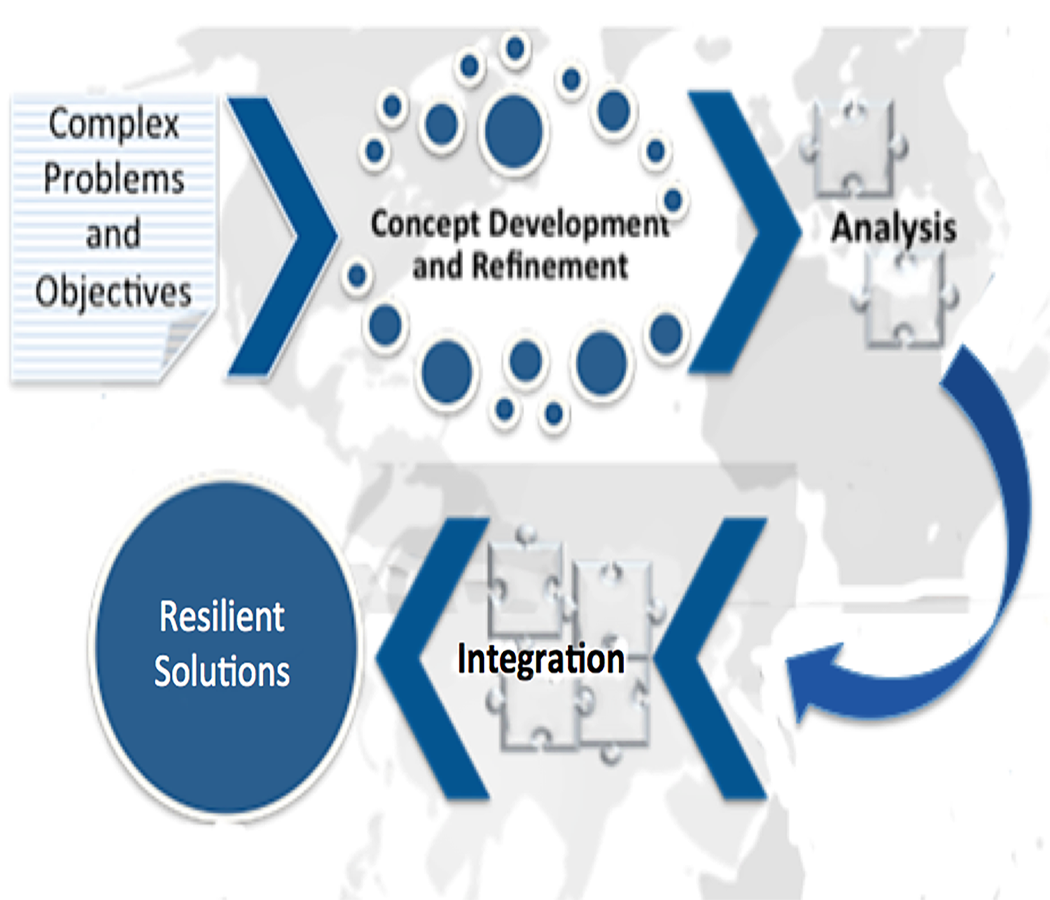
NSI’s Participation in SMA
NSI has supported the SMA office for nearly a decade, providing a wide array of strategic analyses and research on a variety of national security and operational imperatives. NSI’s role is typically multifaceted, oftentimes responsible for overall research design, scoping and coordination with other organizations involved in SMA projects, and integration of the collective research findings and analyses. SMA projects tend to focus on national security events that span the globe, are complex, urgent, of critical importance, typically arise with little or no lead-time, and are short duration due to their real-world nature. NSI has extensive expertise and many years of hands-on experience examining precisely these type of problems, including: the influence of ISIL in Iraq and Syria; Israel-Palestine security; radicalization of populations and violent extremist organizations; strategic deterrence in the Pacific Rim including for North Korea and China; discourse analysis of key leaders’ speeches in Iran, Pakistan, India, and North Korea; and stability dynamics in Nigeria, Pakistan, Afghanistan, West Bank, and Dhaka, Bangladesh.
2015 SMA Project Examples
 NSI participated in a study to identify emerging Russian threats and opportunities in Eurasia examining where US and NATO interests were congruent or in conflict with Russian interests. <READ MORE…>
NSI participated in a study to identify emerging Russian threats and opportunities in Eurasia examining where US and NATO interests were congruent or in conflict with Russian interests. <READ MORE…>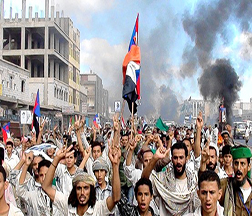 NSI participated in several efforts focused on ISIL. One was a proof-of-concept to evaluate neuro-cognitive maneuver engagement options, another looked beyond ISIL and assessed what the Middle East will look like in 2025, and another explored the dynamics of the central Middle East conflict system. <READ MORE…>
NSI participated in several efforts focused on ISIL. One was a proof-of-concept to evaluate neuro-cognitive maneuver engagement options, another looked beyond ISIL and assessed what the Middle East will look like in 2025, and another explored the dynamics of the central Middle East conflict system. <READ MORE…> NSI interviewed nearly 30 subject matter experts (SMEs) utilizing our ViTTa services to develop a rich, comprehensive baseline understanding of cooperation and conflict in Eurasia. <READ MORE…>
NSI interviewed nearly 30 subject matter experts (SMEs) utilizing our ViTTa services to develop a rich, comprehensive baseline understanding of cooperation and conflict in Eurasia. <READ MORE…>2014 SMA Project Examples
 NSI conducted a state-level stability model analysis of Nigeria using our stability model (StaM) to identify political, economic, and social instability drivers and stability buffers for US Africa Command (AFRICOM). <READ MORE…>
NSI conducted a state-level stability model analysis of Nigeria using our stability model (StaM) to identify political, economic, and social instability drivers and stability buffers for US Africa Command (AFRICOM). <READ MORE…>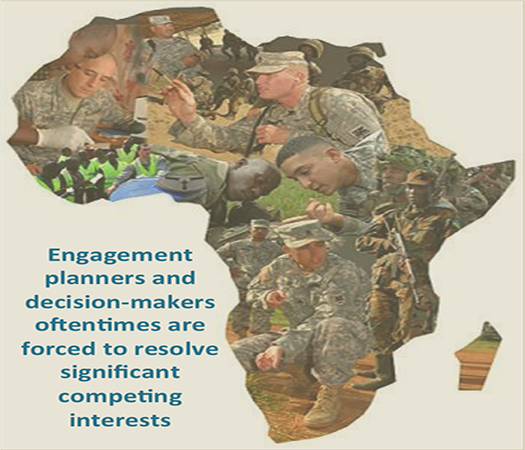 NSI developed a decision analysis tool termed the Holistic Engagement Activity Ranking Tool (HEART) to help AFRICOM planners and analysts assess and compare various command engagement activities. <READ MORE…>
NSI developed a decision analysis tool termed the Holistic Engagement Activity Ranking Tool (HEART) to help AFRICOM planners and analysts assess and compare various command engagement activities. <READ MORE…> NSI led an analysis and integration effort of strategic risks, opportunities, and drivers of conflict and cooperation in the Asian-Pacific region over the next two decades for US Pacific Command (USPACOM). <READ MORE…>
NSI led an analysis and integration effort of strategic risks, opportunities, and drivers of conflict and cooperation in the Asian-Pacific region over the next two decades for US Pacific Command (USPACOM). <READ MORE…>2013 SMA Project Examples
 NSI examined the economic, social, and political conditions in Pakistan and their implications for state stability using our stability model (StaM) termed Pak-StaM for this effort. <READ MORE…>
NSI examined the economic, social, and political conditions in Pakistan and their implications for state stability using our stability model (StaM) termed Pak-StaM for this effort. <READ MORE…> NSI conducted a discourse analysis of key Indian and Pakistani leaders’ speeches to explore relationships between cognitive complexity and the narrative content of their speeches. <READ MORE…>
NSI conducted a discourse analysis of key Indian and Pakistani leaders’ speeches to explore relationships between cognitive complexity and the narrative content of their speeches. <READ MORE…>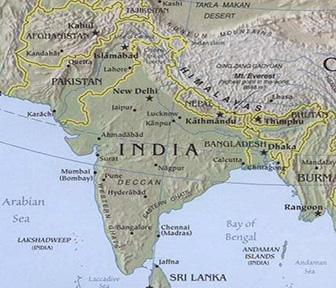 NSI led a study for the Joint Staff that indexed important internal state and regional conditions and events in South Asia to assess current and likely conditions for future fragmentation and muddling pathways. <READ MORE…>
NSI led a study for the Joint Staff that indexed important internal state and regional conditions and events in South Asia to assess current and likely conditions for future fragmentation and muddling pathways. <READ MORE…> NSI employed subjective decision analysis techniques to explore the robustness of Pakistani deterrence logic in the event of an India-Pakistan conflict. <READ MORE…>
NSI employed subjective decision analysis techniques to explore the robustness of Pakistani deterrence logic in the event of an India-Pakistan conflict. <READ MORE…>2011-2012 SMA Project Examples
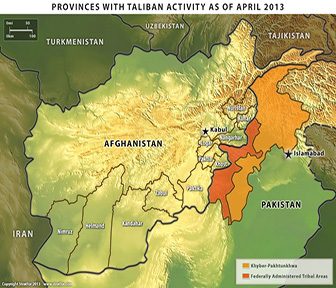 NSI led an effort to develop a rich contextual understanding (RCU) of the Pakistan-Afghanistan (PAKAF) region for the International Security Assistance Force (ISAF) Commander. <READ MORE…>
NSI led an effort to develop a rich contextual understanding (RCU) of the Pakistan-Afghanistan (PAKAF) region for the International Security Assistance Force (ISAF) Commander. <READ MORE…> NSI developed a decision analytic framework to capture concepts and analyses of nuclear strategy requested by US Strategic Command (STRATCOM). <READ MORE…>
NSI developed a decision analytic framework to capture concepts and analyses of nuclear strategy requested by US Strategic Command (STRATCOM). <READ MORE…>2009-2010 SMA Project Examples
 NSI conducted a robust analyses of 16 districts in three provinces in Afghanistan and 10 districts in Pakistan for the ISAF Commander as part of the initial PAKAF RCU I effort. <READ MORE…>
NSI conducted a robust analyses of 16 districts in three provinces in Afghanistan and 10 districts in Pakistan for the ISAF Commander as part of the initial PAKAF RCU I effort. <READ MORE…> NSI provided STRATCOM with a strategic deterrence decision analysis framework for state and non-state threats by exploring the utility of war gaming and modeling to improve strategic deterrence planning. <READ MORE…>
NSI provided STRATCOM with a strategic deterrence decision analysis framework for state and non-state threats by exploring the utility of war gaming and modeling to improve strategic deterrence planning. <READ MORE…>2007-2008 SMA Project Examples
 NSI led a multi-modeling effort for US Central Command (CENTCOM) focused on a strategic assessment of the Sudan and Horn of Africa (HoA). <READ MORE…>
NSI led a multi-modeling effort for US Central Command (CENTCOM) focused on a strategic assessment of the Sudan and Horn of Africa (HoA). <READ MORE…> NSI led a multi-method counterterrorism analyses effort focused on creating a joint intelligence preparation of the operational environment for the US Special Operations Command (SOCOM). <READ MORE…>
NSI led a multi-method counterterrorism analyses effort focused on creating a joint intelligence preparation of the operational environment for the US Special Operations Command (SOCOM). <READ MORE…>